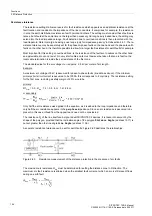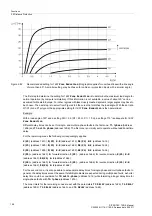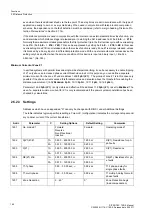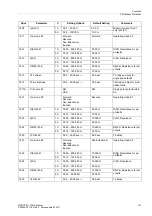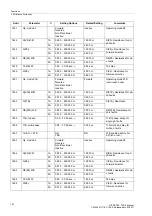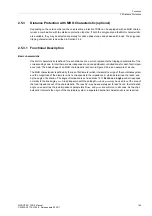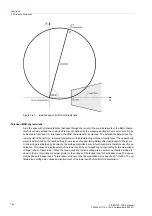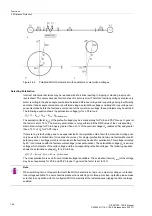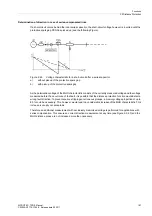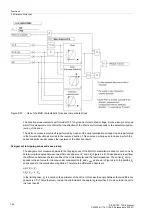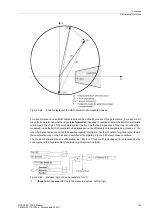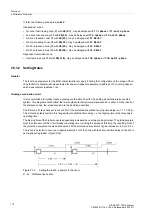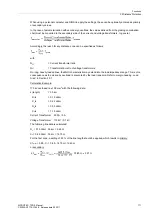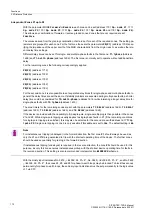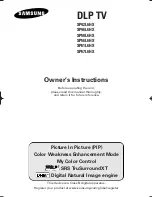
Functions
2.5 Distance Protection
SIPROTEC, 7SD5, Manual
C53000-G1176-C169-5, Release date 02.2011
168
Figure 2-67
Use of the MHO characteristic for series compensated lines
The direction measurement is performed at 100 % by means of memorized voltage. A zone pickup is only pos-
sible if this measurement confirms that the direction of the short-circuit corresponds to the parameterized di-
rection of the zone.
The distance measurement itself is performed by means of the usual polarization voltage U
P
and is performed
in the forward direction as well as in the reverse direction. This ensures a pickup even in cases in which the
series capacitor usually causes the inversion of the direction result.
Assignment to tripping zones and zone pickup
The assignment of measured values to the tripping zones of the MHO characteristic is done for each zone by
determining the angles between two difference phasors
Δ
Z
1
and
Δ
Z
2
(Figure 2-68). These phasors result from
the difference between the two zeniths of the circle diameter and the fault impedance. The zenith Z
r
corre-
sponds to the set value for the zone under consideration (Z
r
and
ϕ
MHO
as shown in Figure 2-63), the zenith k·Z
V
corresponds to the polarization magnitude. Therefore the difference phasors are
Δ
Z
1
= Z
F
– Z
r
Δ
Z
2
= Z
F
– k · Z
S
In the limiting case, Z
F
is located on the perimeter of the circle. In this case the angle between the two difference
phasors is 90° (Thales-theorem). Inside the characteristic the angle is greater than 90° and outside the circle
it is less than 90°.

